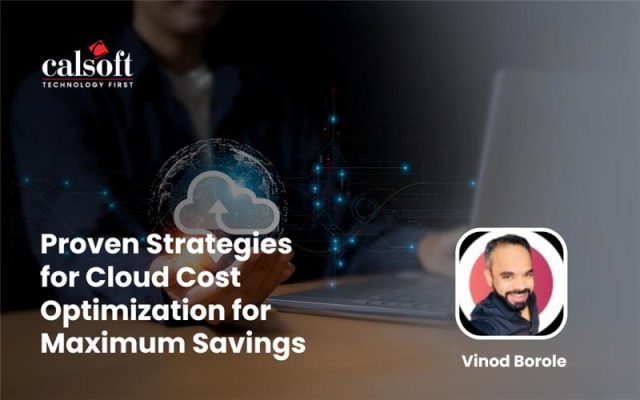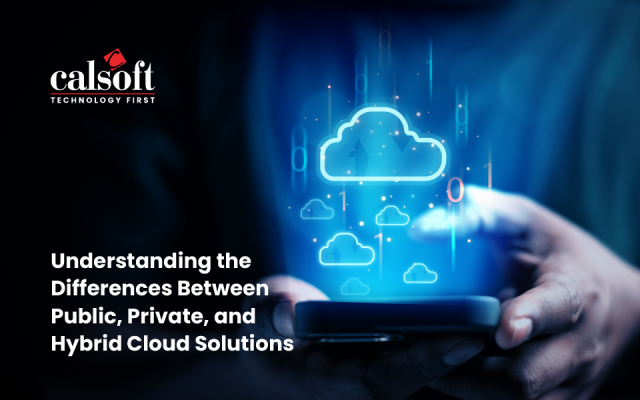Application performance monitoring and management can be well explained using our old popular proverb “Prevention is better than cure”. Would it not be better if we fix the things before we receive any critical customer complaints? Especially in the days where an application is a lifeblood of the business and there is no leeway for downtime and poor user experience.
APM, as we call it Application Performance Monitoring or Application Performance Management provides deep analysis of the application performance bottleneck issues. Although both the terms are used interchangeably, the prime difference is that Application Performance Monitoring provides visibility into issues but is incapable of providing the reason behind it. Whereas Application Performance Management is informed of the application and underlying components and also provides context behind the identified issues.
Let’s just say, Application Performance Monitoring falls under a wider umbrella of Application Performance Management. Hence, it becomes vital to gain a complete understanding of the two before choosing the right APM solution for any business. In recent years many companies are providing APM solutions in the form of pre-built tools or software. The lack of unstructured processes, planning, and goals is the reason for the failure of APMs for many organizations. As organizations continue to embrace the multi-stack and multi-cloud digital world, the complexities in application monitoring and management are increasing. It becomes more important to invest in the right choice of APM software that will fulfill end-to-end business needs even in the upcoming future.
Gartner recently claimed that any good APM suite should meet three prime functional aspects, as below:
- Digital experience monitoring (DEM)
- Application discovery, tracing, and diagnostics (ADTD)
- Artificial intelligence for IT operations (AIOps) for applications
But saying that these three aspects would be adequate to form a best-suited APM strategy for any business would be like beating the bush. To formulate a reliable APM plan that can help in reducing complexities and cost, while working sustainably, can be a tall order. Looking at the evolving world of application development and operations that lead to complexities in performance monitoring and management, it’s best to build a significant strategy to meet your business goals. To make this task easier, we have curated some of the best practices that form a firm base to build a robust APM strategy for any business.
Selecting the right APM solution
A truckload of vendors available in the market are selling APM solutions at the dirt-cheap rate and some at higher costs. It all really depends on the features offered by these solutions, but a question to ask is if these features are in alignment with your business goals. Check out these key factors to consider choosing the best-suited APM solution that aligns with your requirements.
- Go for integrated APM solutions that encompass IT service management, analytics, and some other functions. APM is no more only restricted to the application layer it goes beyond that, hence it’s important to choose a vendor that can provide you customized APM solution that perfectly goes with your needs.
- Testing is the key. Before making the final purchase of the APM tool. Test it for your application and check its compatibility with your environment.
- Multi-cloud and multi-stack environment is adding many complexities in the APM solution, make sure your solution is compatible with such complex environments.
Set Goals and Baseline Key Metrics
Set clear and achievable goals by identifying achievable key performance metrics depending on the monitoring and management requirements of your application and infrastructure. The catch is to identify baseline KPIs across the distributed environment to get a comprehensive view and also reduce unwanted transactions by identifying business-critical transactions.
Integrating APM with CI-CD Pipeline
CI-CD pipeline approach in application development has gone mainstream today to improve agility in the process. Integrating APM with CI-CD can help in monitoring performance bottlenecks early in the process before the production cycle. This will offer much-needed reliability to the application with reduced costs.
Real-time Data Visualization
Keep your application shipshape using real-time data analysis. Data visualization can become an effective tool to provide an integrated view of the application as well as infrastructure metrics for real-time data analysis.
Training and Knowledge Transfer
APM solution penetrates deep into your application and infrastructure. To fix the performance issues effectively and timely, it becomes imperative that the team managing APM should know in-and-out about the IT environment. Continuous training sessions and KT sessions can help the core team get in-depth knowledge of the application environment for effective monitoring and management.
APM is crucial to maintain the health and performance of modern applications, to devise an effective APM strategy one needs to combine the best of digital thinking and agile development to go long-run.
To delve deeper into this topic, you can download by filling the form below to avail our free and specially curated checklist for implementing an effective APM strategy.






